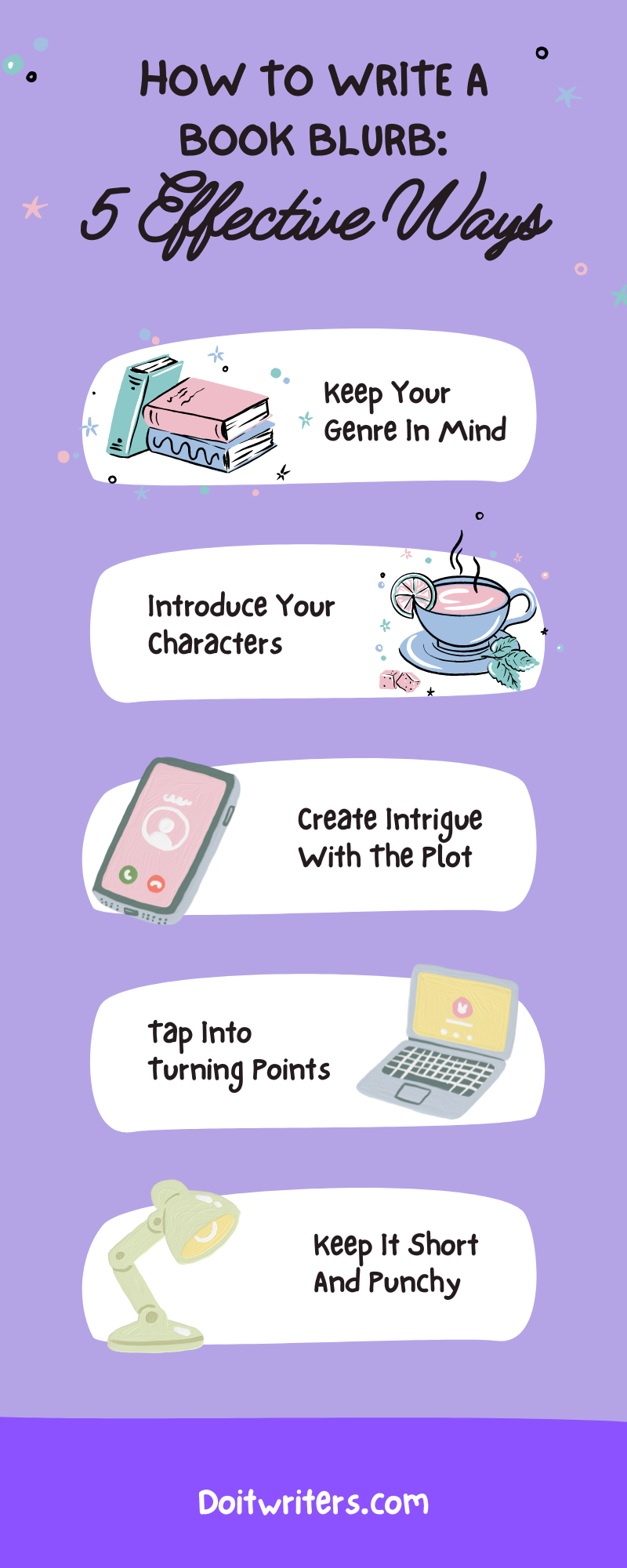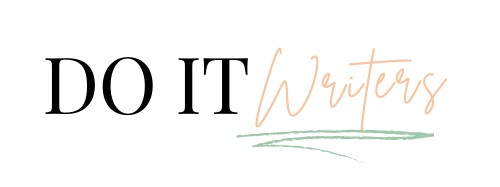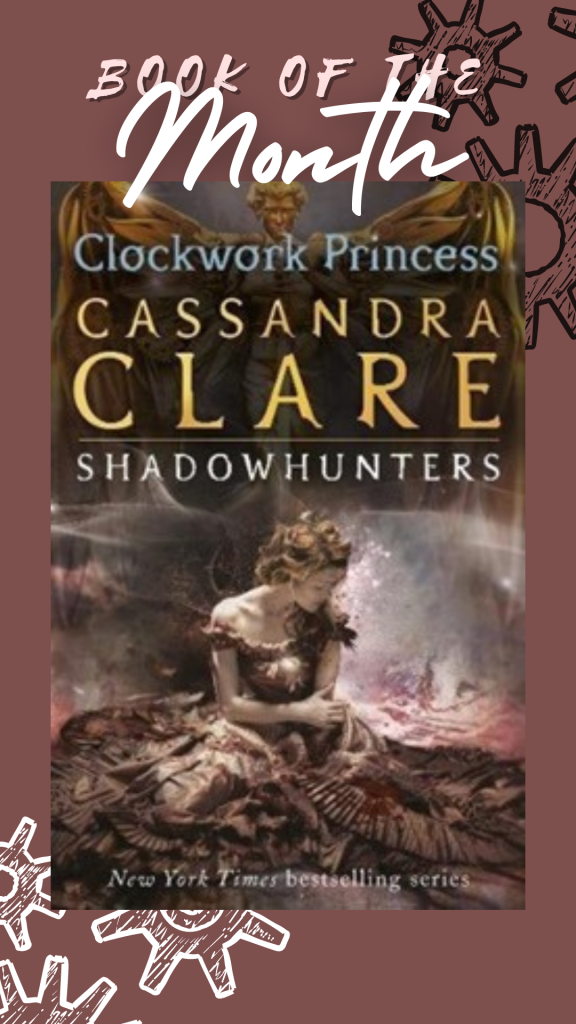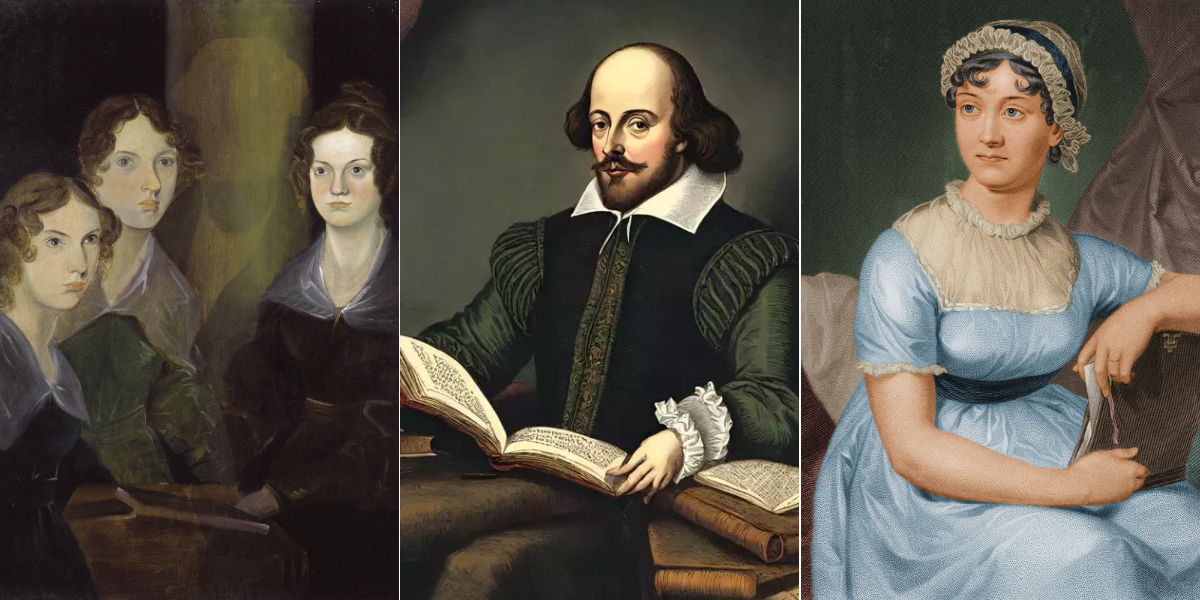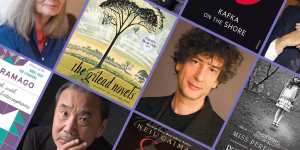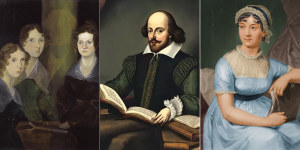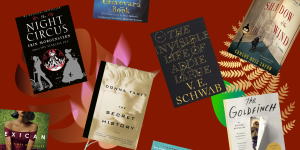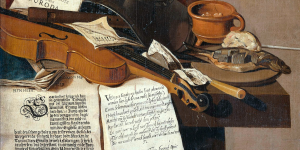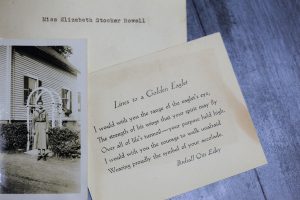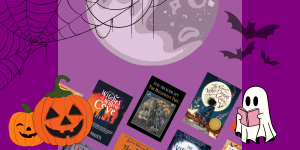How to write a book blurb? Good question, are you overwhelmed to see all the compelling book blurbs that most authors write, and you are afraid you won’t make it? Let’s admit it; if your blurb is not attention-grabbing, your book won’t sell.
Luckily, there is a solution.
A book blurb is a simple description of what to expect inside, it is typically found at the back of a book or within the sleeves of hardcover books. On ebooks, it’s usually posted on the book’s purchase page.
A blurb’s primary purpose is to captivate and interest the readers enough to make them want to buy your books. So here’s a complete guide on how to write a book blurb to make this journey completely effortless.
How to Write a Book Blurb
Here are the five effective ways to write a book blurb.
- Keep Your Genre in Mind
- Introduce Your Characters
- Create Intrigue With the Plot
- Tap Into Turning Points
- Keep it Short and Punchy.
Step 1: Keep Your Genre in Mind
When writing a book blurb, one thing to keep in mind is the genre your book is in.
The way you write and your phrasing should also vary depending on the type of book you’re writing.
The best way to have a clear idea as to what you should write is, search up other book blurbs with the same genre and also note the popularity of those books as you search.
Another reason to keep in mind your genre is that if you use another category’s trick in your blurb, the result will only cause puzzlement amongst the reader as you can’t possibly use bullet points that work for business books or romance novels, can you?
Step 2: Introduce Your Characters
When picking up a book to read the blurb, consciously or not, readers check the blurb to see what to expect and evaluate if they would like to spend time with your character(s), it doesn’t have to be a back story. However, it should cover enough information to show the type of character they are.
As most novels are a storytelling medium, so either way, it is important to mention your characters in your blurb.
Step 3: Create Intrigue With the Plot
Your blurb should be enough to hook readers and interest them enough to want to buy the book. In order to achieve that, you should create intrigue along with your overall plot without giving away any spoilers, as that would ruin the fun.
Set the primary conflict, so they also know what to expect.
Step 4: Tap Into Turning Points
In the art of storytelling, the turning points genuinely decide the characters’ fate and can also change their fortunes.
Life-changing ordeals or something else entirely, the turning points are what can genuinely lead to a complete story, and a blurb should include at least one of them for example, the blurb is leading one way then add an “until” and show how it will change for better or for worse.
Tapping into turning points without giving out what will happen adds curiosity to readers and a little more charisma, which is also good regarding the previous step.
Step 5: Keep it short and punchy
Although despite being quite critical, book blurbs are to be small with at least 150 words, they should be given a lot of attention as before reading the book, the blurb is read first, and whether or not the book is bought depends on how you wrote the blurb, so something to keep in mind is to make it short and punchy.
Keeping it short and punchy makes it easy to read while also digestible. It also gives a strong impression and it allows readers to quickly read it and decide whether they want to buy it.
Best Book Blurb Examples
Fiction Book Blurb Examples
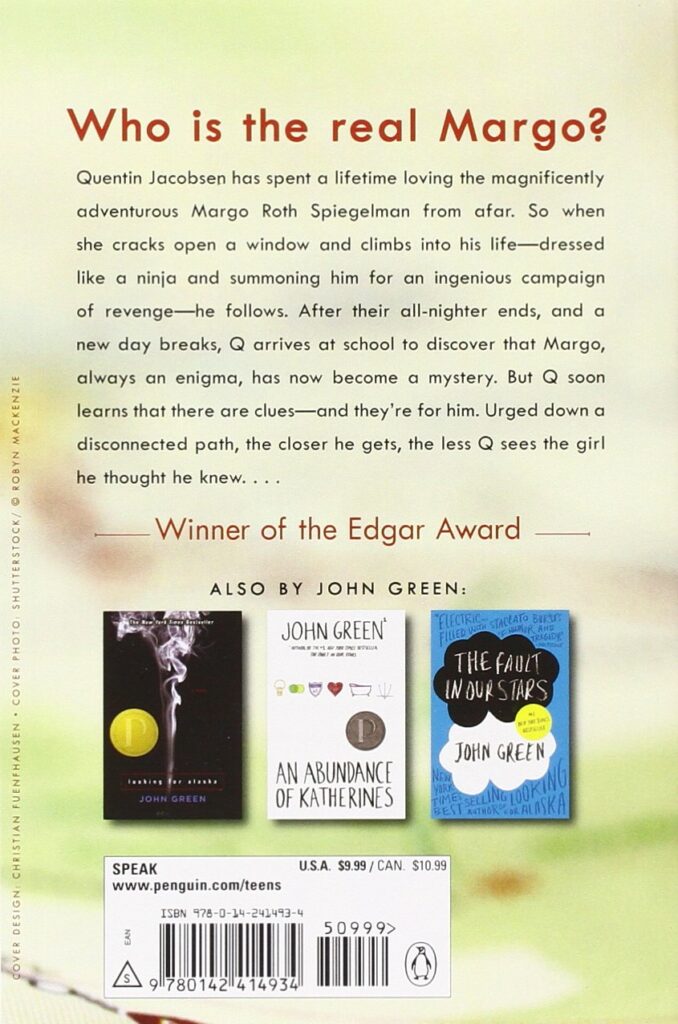
Paper Towns by John Green
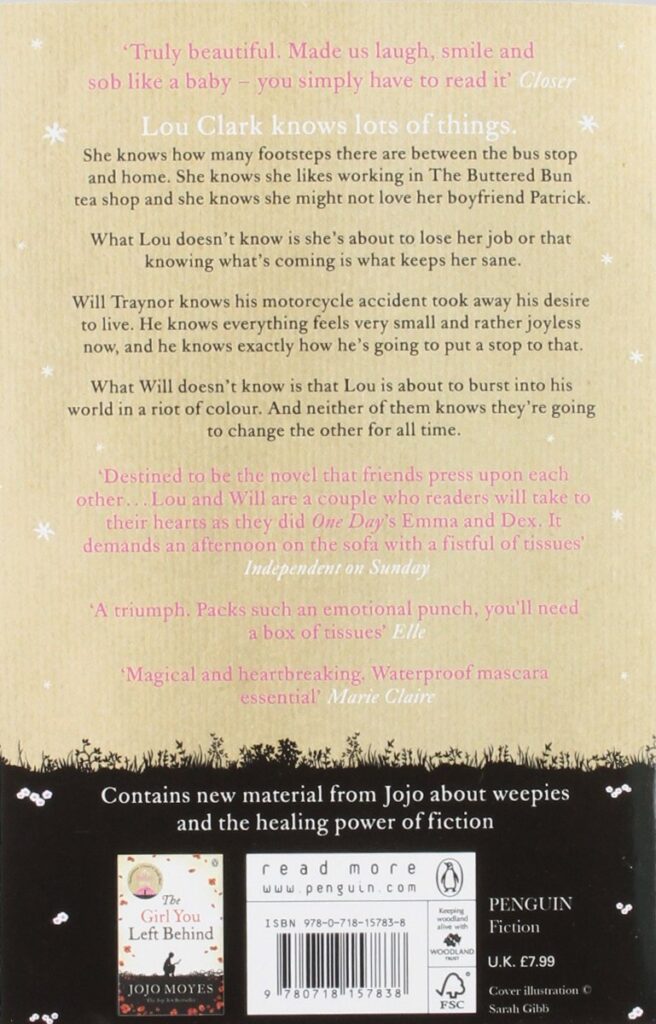
Me Before You Blurb By Jojo Moyes

A Confederacy of Dunces by John Kennedy Toole
Nonfiction Book Blurb Examples
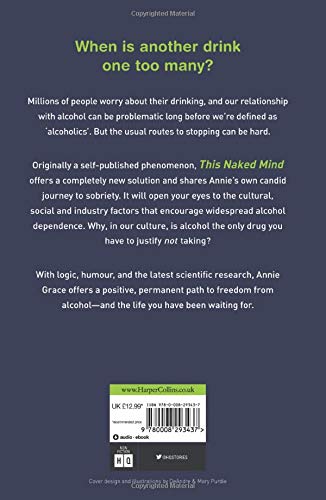
The Naked Mind
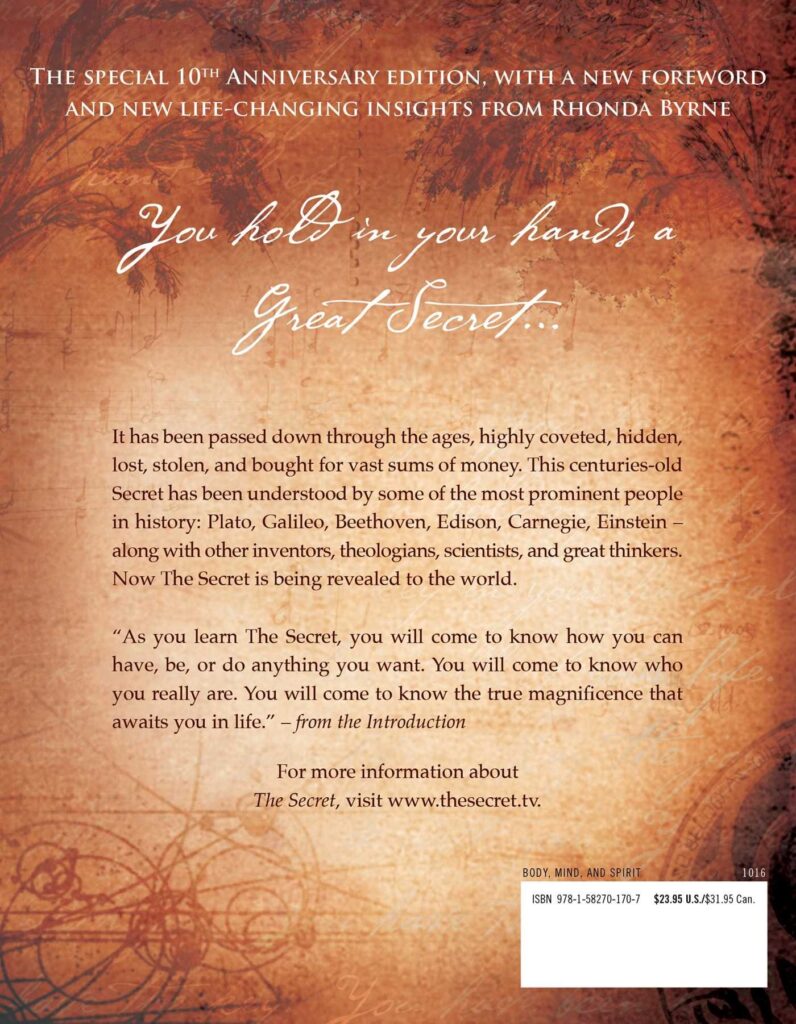
The Secret
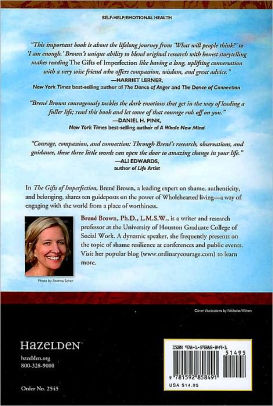
The Gifts of Imperfection
Frequently Asked Questions (FAQs)
Q. How long Should a blurb be
The answer is between 100 to 200 words.
A book blurb is a short description of the book’s main character and plot without revealing anything crucial, which is summarized between 100 to 200 words and is traditionally meant to be located at the back of the book or the inside cover; it really depends on you.
Q. Do authors write their own blurbs?
The blurb doesn’t necessarily have to be written by the author.
Not only does the author not write the dust jacket or the copy cover, but in most cases, neither does the editorial squad have anything to do with the cover design, jacket, or flap copy.
But the blurb can be written by the author, the editors, or even a quote taken about the book from someone.
Q. Do book blurbs matter?
Yes.
The shortest answer would be yes, the book blurb isn’t entirely for the readers as, by the time the book is in your hands, by the time it’s already on the shelf, it has already done most of its work.
